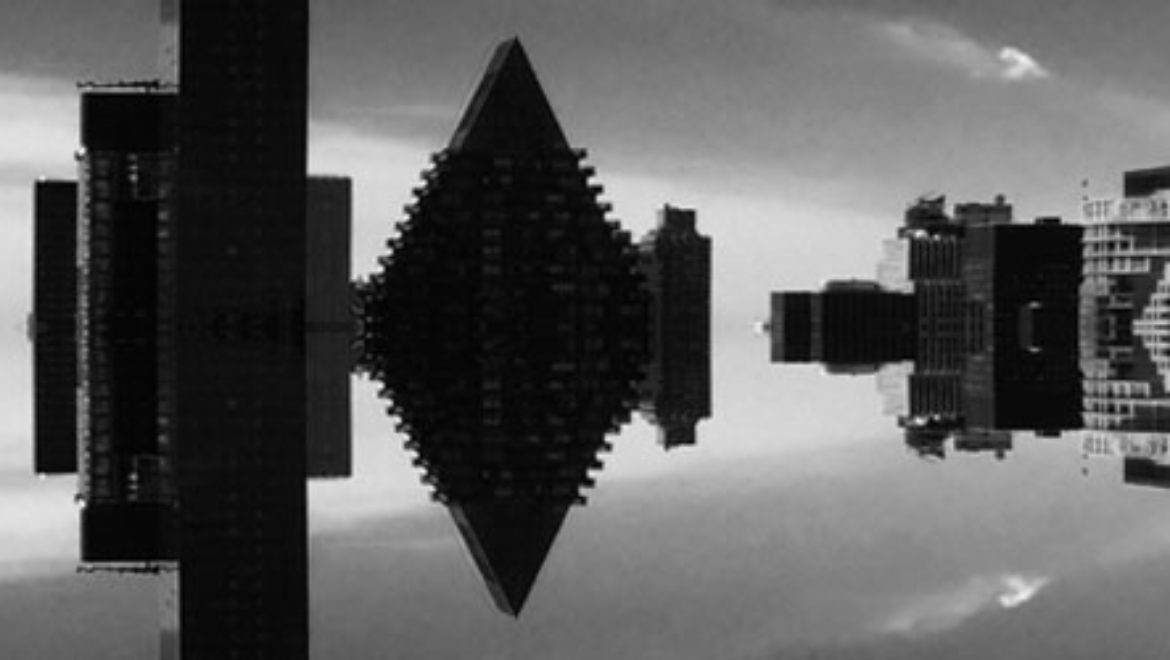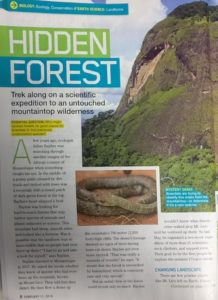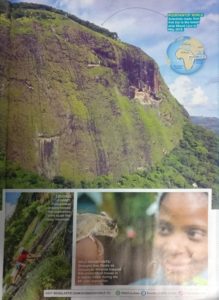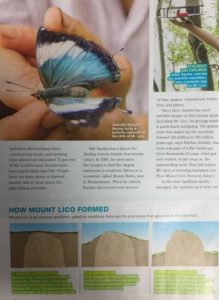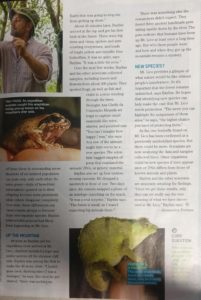The Tiny Swiss Company That Thinks It Can Help Stop Climate Change
The New York Times published an article on Feb 12, 2019 on the same topic as above by Jon Gertner where it states that the two European entrepreneurs want to remove carbon from the air at prices cheap enough to matter. Over a period, many scientists around the globe have warned on this very concerning term ‘Climate Change’. It is a change in the statistical distribution of weather pattern, which remains for a longer period around decades of years, in a certain area. Affecting or gradually changing the pattern of life, flora and fauna of that area, and leading towards the destruction of Mother Nature. The reason behind this are some biotic processes, variation in the solar radiation received by earth, volcanic eruptions and one of the major causes is the human interruption or activities.
The research made by various scientists put a light on causes of climate change, in late 19th century scientists started arguing that human emission of greenhouse gases can be the cause behind climate change, at that time many other theories were there like solar radiation and volcanic eruption. But in 1960’s research results started indicating that the heating effect of carbon dioxide is the major cause. In 1970’s scientific research widely accepted the heating effect of carbon dioxide, in 1990’s with the development of computer systems and other advanced techniques, it was confirmed that greenhouse gases like carbon dioxide, methane, nitrous oxide etc., are the causes behind climate change. After industrial revolution there is 40% increase in these gases, these gases are also produced from automobiles and other sources.
Through this article, I came to know the fact that carbon dioxide (CO2) can be removed from the air for commercial purposes which safeguards the future of humanity. They have built ‘direct air capture’ machines which collects CO2 and once trapped it would be siphoned into large tanks and trucked to a local Coca-Cola bottler where it would become the fizz in a soft drink. The captured carbon dioxide from the air is also passed via pipeline to an enormous greenhouse nearby, where it was plumping up tomatoes, eggplants and so on which significantly is very ecofriendly. This process requires huge investment and energy, so they are trying to gain a commercial base to sell their CO2 to agricultural or beverage companies. The company’s main goal for air capture isn’t to turn it into a product but to pull huge amount of CO2 out of the atmosphere and bury it.
By these researches people are getting aware of the reasons behind the changing scenarios of climate change and can take measures to have a sustainable place to lead life in future, and conserve Mother Nature.
References:
Click here
